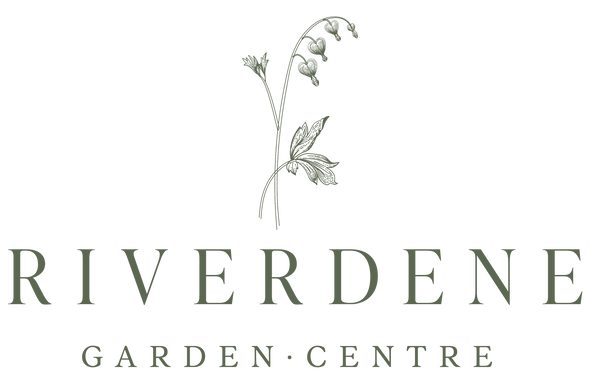1
/
of
0
Riverdene Garden Centre
'Aglaya' Oriental Poppy
'Aglaya' Oriental Poppy
Regular price
$12.99 CAD
Regular price
Sale price
$12.99 CAD
Unit price
/
per
Couldn't load pickup availability
Aglaya Oriental Poppy – Care Guide
Overview
The ‘Aglaya’ Oriental Poppy (Papaver orientale ‘Aglaya’) is a perennial poppy known for its large, ruffled, golden-orange petals often edged or streaked in red or apricot, with a contrasting dark eye. This variety is especially prized for its bold color, dramatic presence, and reliability in cold climates.
Key Characteristics
- Botanical Name: Papaver orientale ‘Aglaya’
- Common Name: Aglaya Oriental Poppy
- Plant Type: Herbaceous Perennial
- Hardiness Zones: 3–7 (very cold-hardy!)
- Height: 24–30 inches (60–75 cm)
- Spread: 18–24 inches (45–60 cm)
- Bloom Time: Late spring to early summer (typically June in Zone 3)
- Flower Color: Golden-orange with a darker center; deeply ruffled petals
- Foliage: Coarse, hairy, gray-green deeply lobed leaves
Sun Requirements
- Full sun is essential for best flowering (6+ hours/day).
Soil Needs
- Prefers well-drained, neutral to slightly alkaline soil.
- Enrich soil with compost if needed, but avoid overly rich or wet soils — they can rot the roots.
- Good drainage is especially important over winter.
Watering Needs
- Moderate water while actively growing and blooming.
- Reduce watering once the plant goes dormant in mid-summer.
- Avoid soggy soil, especially in winter.
Planting & Spacing
- Plant in early spring or fall.
- Space 18–24 inches apart to allow airflow.
- Plant crowns just below the soil surface (1–2 inches deep).
- Oriental poppies dislike transplanting, so choose your spot carefully!
Maintenance
- Low-maintenance once established.
- Deadhead to encourage more blooms, though Oriental poppies typically have a short bloom season.
- After blooming, the foliage yellows and dies back – this is normal. Cut it back to the ground.
- Plant with later-season perennials (like Russian sage, Shasta daisies, or daylilies) to cover the fading foliage.
- Mulch in late fall in Zone 3 to protect from freeze-thaw cycles.
Pests & Diseases
- Very pest- and disease-resistant.
- Rarely bothered, though slugs or aphids may occasionally appear in moist conditions.
Wildlife & Companion Benefits
- Loved by bees and other pollinators during bloom time.
- Not typically favored by deer or rabbits due to hairy leaves.
- Pairs well with:
- Catmint
- Allium
- Lupine
- Perennial geraniums
- Grasses for textural contrast
Garden Uses
- Excellent in:
- Perennial borders
- Cottage gardens
- Pollinator-friendly gardens
- Mixed flower beds
- Looks incredible en masse or as a focal point.
